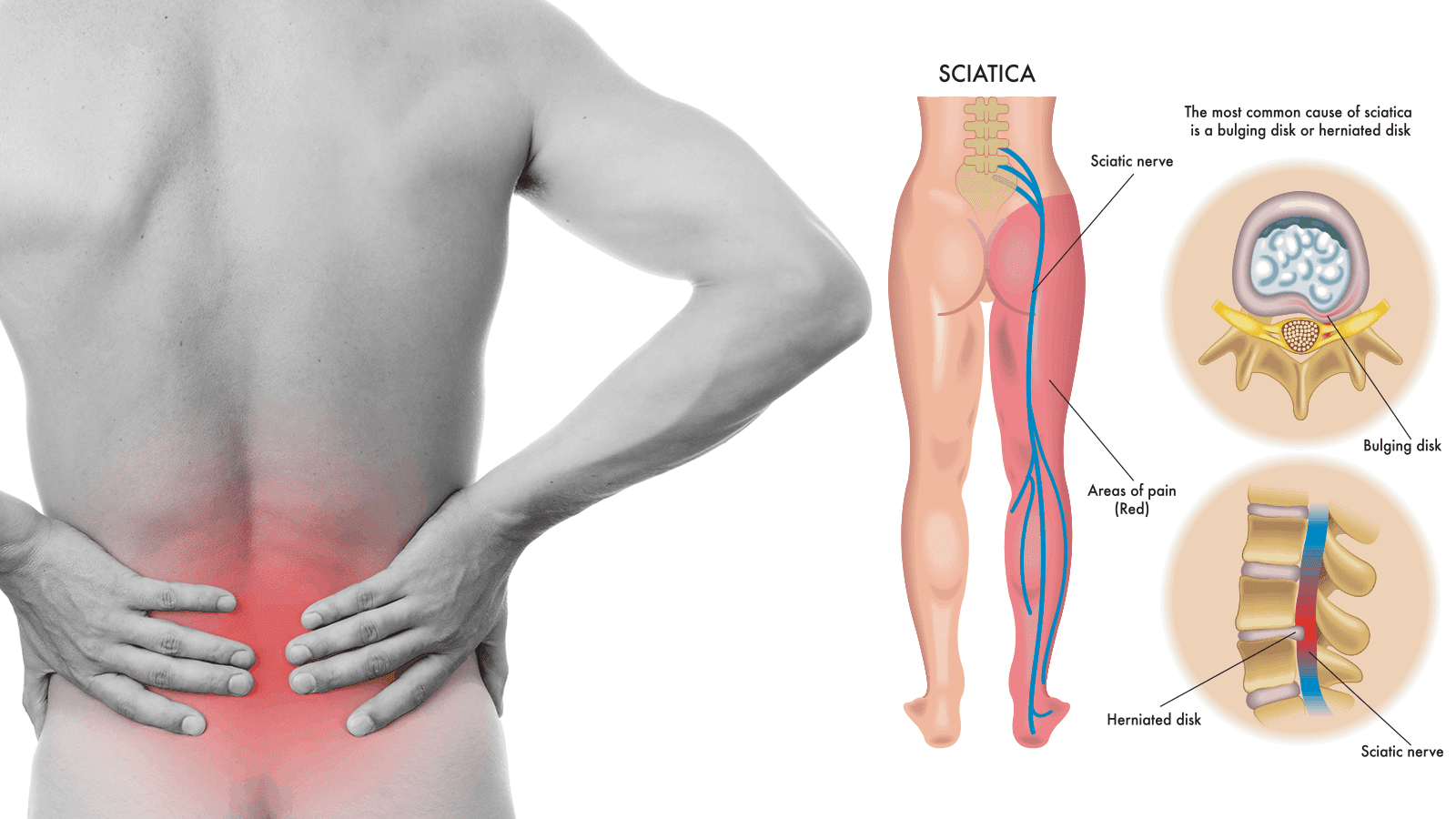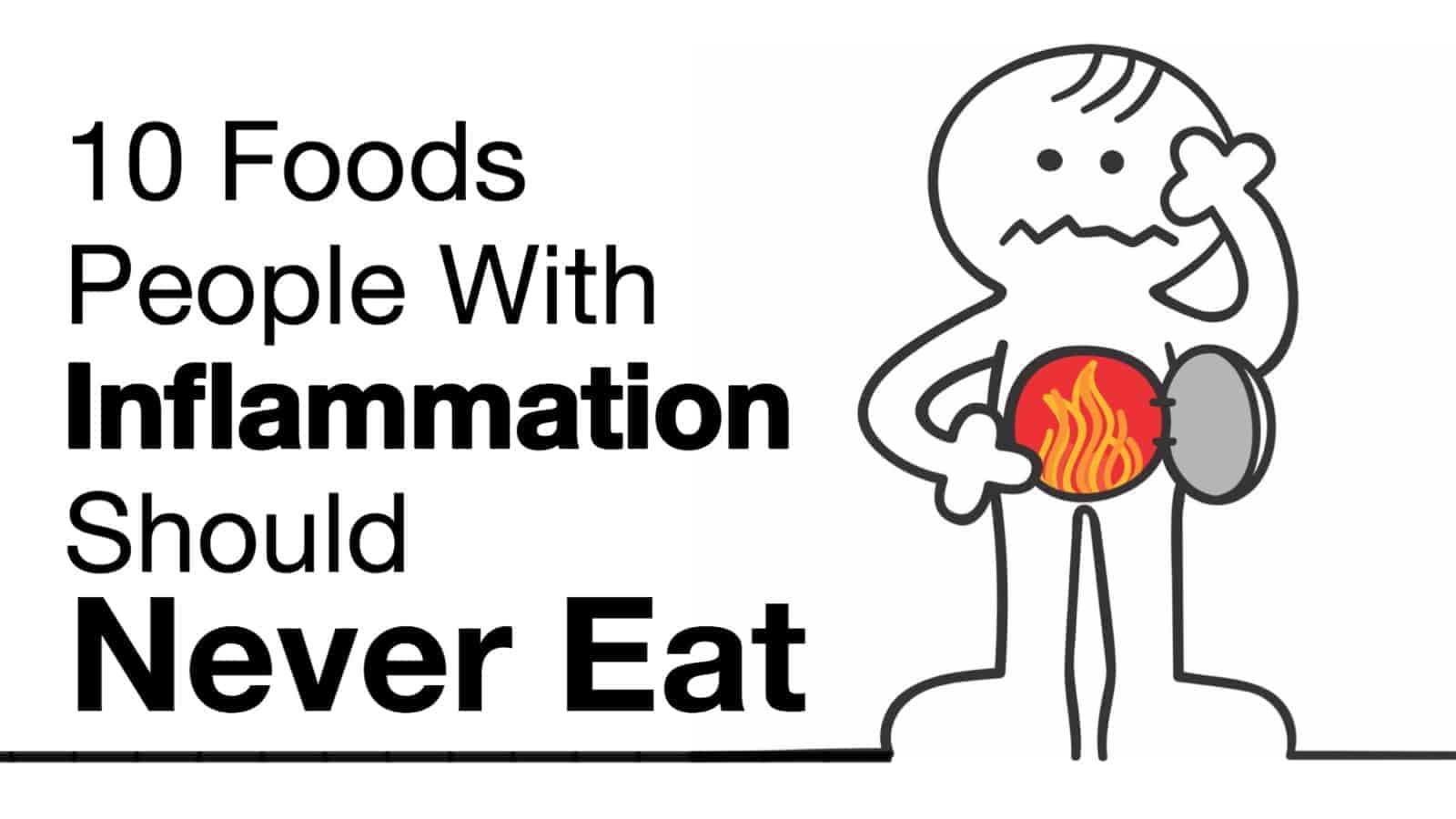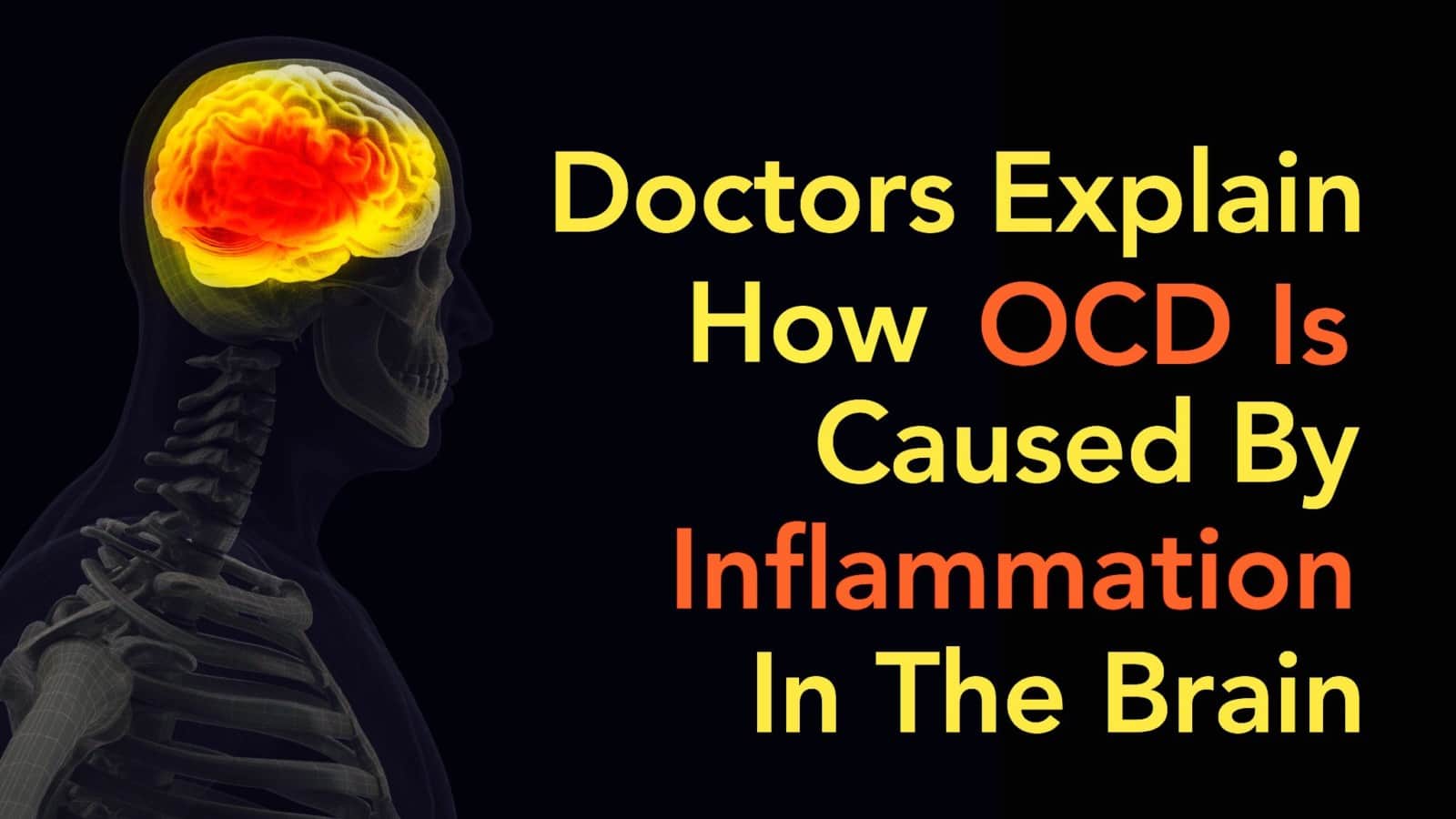Sometimes, back pain can be straightforward to figure out. If you were moving boxes and you feel a sudden ache in your back, it’s not hard to assume you’ve clicked a muscle or overworked yourself. You can expect it to be better in a few days. But when back pain turns chronic, you really need to think about some of your daily habits – and what might be causing your pain.
Back pain can be debilitating and scary. Many people think it’s a sign of something much more serious, like arthritis. It doesn’t necessarily have to be something frightening. However, there are habits you can change in your day-to-day life that will make coping with your back pain much easier. Try to eliminate those these unhealthy practices from your routine and you’ll see the change in your back pain almost straightaway.
Here Are 5 Causes for Back Pain That Most People Ignore
“The greatest evil is physical pain.” – Saint Augustine
1. Stop wearing clothes that are way too tight for you.
Possibly brought on by the renaissance of skinny jeans, many people wear trousers way too tight for them. Whether it’s from a need to feel thinner, or for fashion, one thing is indisputable: it’s bad for your back. When an outfit’s too tight, it constricts your body and adds strain not just to your back but also to your neck, shoulders and joints. Apart from skinny jeans, the other main culprit in this are pencil skirts. People seem to think that tight clothes look more formal. In fact, they can be really bad for you. A good rule of thumb is trying to slip a finger between your waist and the waistband of the trousers or the skirt. If you can, the fit is good for you. Also, make sure you buy clothes made with stretchy, breathable materials.
2. Stop smoking.
With the increased awareness of public health and smoking, you’d probably find it surprising that so many people still choose to reach for a cigarette. Apart from all the other unpleasant problems that smoking brings about – like the increased risk of lung cancer, impotence, and infertility – smokers are also more likely than non-smokers to get back pain. Because smoking slows down circulation, this damages sensitive tissues in the body, such as the joints and the tissues in the lower back. It also decreases the flow of essential nutrients to your muscles.
3. Take a walk every now and again.
Inactivity is one of the biggest causes of back pain that everyone seems to ignore. With a multitude of desk jobs now prevalent, we barely realize we’re spending eight to ten hours of our day in the same position. Sitting, looking at a computer. Always try and get up and do some stretches when you have long days at work. The glutes, hamstrings and Achilles muscles are the most important ones, as they give you the support you need. Without them, you’ll definitely feel the strain on your back. Make sure you adopt the correct posture when you’re sitting as well. Don’t slouch. Keep your back straight. It’s those everyday things that make all the difference.
4. Try and reduce the stress in your life.
We often underestimate the physical consequences of stress in our lives. Stress can cause physical pain we’re not aware of, because it tenses our muscles and it leads to different spasms and aches. Whenever you can, try to practice positive thinking, as that makes your body relax and slow down. Relaxation techniques such as meditation, mindfulness, and deep breathing also work towards relaxing your muscles. You might not think that your mental health is causing your back pain, but you can be very wrong. Stress is detrimental to muscles. The more you work towards reducing it, the better your quality of life will be.
5. Stop wearing heels that are too high for you.
As women, we feel the constant pressure to look perfect and model-ready for everyone. However, high heels are very detrimental to a woman’s posture, and joint and muscle health. Scientists have proven that overly high heels throw off your center of gravity, making it more difficult to keep a good balance. To walk in high heels, you often have to lean forward, which puts a lot of pressure on your feet and calf muscles. This in turn strains the muscles in your back. A lot of chronic hip and back pain in women is caused by wearing heels – and it’s perfectly avoidable. If your job requires you to wear very high heels, invest in comfortable shoes for the commute and change once you get to the office. That single change can make a difference!
Final thoughts
Back pain can be debilitating, especially if it builds up over time. As you grow older, you must learn to take better care of your body and listen to the signals it gives you. Sometimes, you just need a break. Remember to listen to your body and take care of it, to ensure longevity and better quality of life. Back pain can be avoided more easily than many people seem to think – so make sure to incorporate those habits in your day-to-day life. After all, we all want to live out those golden years pain-free.









